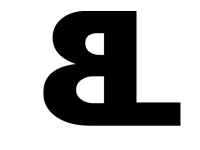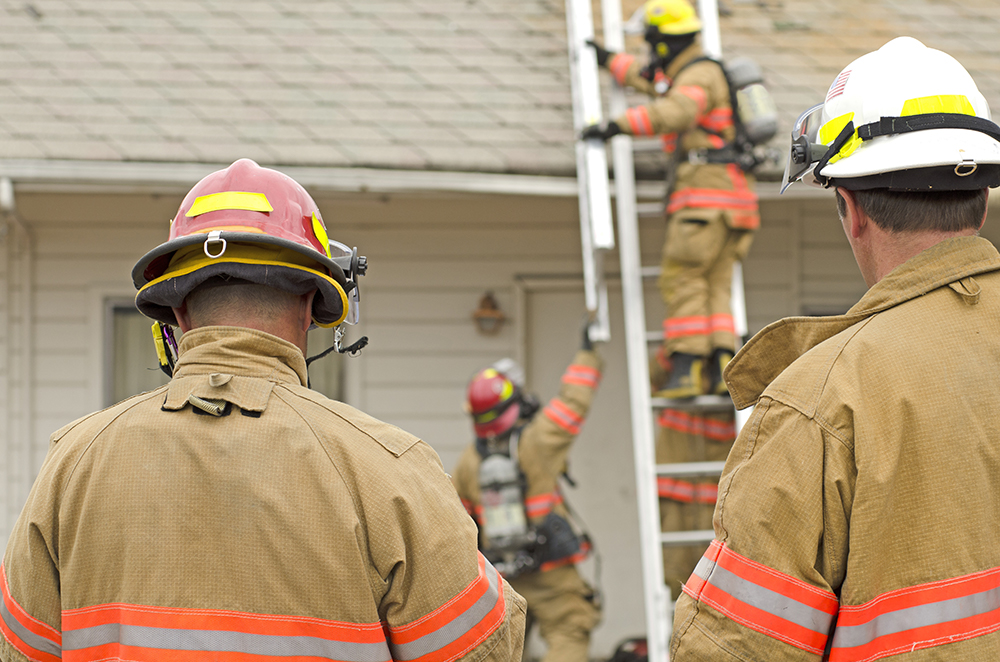Wisconsin Certified Firefighter I Practical Exam Notes
This was developed in March of 2014 for the Wisconsin practical exam administered by WTCS.
PPE AND SCBA
During inspection: Check condition of cylinder, test date. Test alarm of SCBA. Check tank gauge and vest gauge to make sure they are close. Slowly empty air out to trigger low air alarm. Loosen all straps. Test bypass valve. Face piece seal test. Ensure bypass valve closed.
When removing tank, check for O ring. Reattach.
When going through restricted passage, make sure to swing tank over same shoulder that the air line comes on.
In vertical passage, push tank through space before your body.
GROUD LADDER AND ROOF LADDER
Suitcase, arms-length carry. Tip to rear. Fly section away from building. Lift with legs, not back.
CHECK FOR OVERHEAD OBSTRUCTIONS
Placed 5 rungs above roof line (11 clicks). CALL OUT ANGLE GOOD (arms length test). Tie off extra rope. Make halyard tie off tight.
Heeler never lets go, even for a second. Change heelers after each person.
3 points of contact at all time. Either leg lock or ladder belt when placing roof ladder on roof and before taking ladder off roof.
Open roof ladder hooks once at ladder, hooks pointed away from person carrying it up. Shoulder under 4th rung.
Roof ladder “jammed” into base of ground ladder for handing it and taking it back.
When placing roof ladder on roof, hooks down so it will slide over the top ridge.
When going on roof, sound before transitioning to roof ladder, sound all the way up.
When lowering fly section, feet on outside of ladder. When tilting ladder up, feet in front of ladder.
Leave ladder hooked on bottom rung.
RURAL WATER SUPPLY
Put on seat belts. 3 points of contact when exiting vehicle. Exit vehicle after sizing up scene. Safety considerations: Think about traffic control. Ice forming. Tankers coming to drop water.
FIRE EXTINGUISHER
Select appropriate extinguisher for type of fire you are told it is. Grab extinguisher. Pull pin. Approach. Test spray before reaching fire. Point, Aim, Spray, Sweep. You need to sweep across the base of the prop which as 4 sensors. Continue to sweep until prop turns off. BACK UP FROM FIRE SLOWLY, NEVER TURN YOUR BACK ON IT.
VEHICLE FIRE
Wear SCBA. Approach at 45 degree angle. Uphill and upwind. Test spray before getting close. Use narrow pattern from far distance away. Check for compartment fires. Back up from car after complete. Overhaul
GROUND COVER FIRE
Test spray before approaching. Approach from Upwind. Attack from the black. Back up from fire, never turn your back on it.
EXTERIOR FIRE ATTACK
Wear SCBA. Test nozzle. Approach from upwind. Narrow stream. Approach slowly as fire goes down. Extinguish. Overhaul
ROPES AND KNOTS
Smoke ejector - Bowline through both top poles. Tagline.
Pike pole (Point Up) - Clove Hitch and a Half hitch
Charged Hose line - Clove Hitch, get it under the lever
Uncharged hose line - Fold over 18-24 inches. Clove Hitch. 2 half hitches
Roof ladder - Figure Eight Follow Through or Bowline. Below third rung. Loop it through and over top of ladder. Tagline.
Axe (Head Down) - Clove hitch around handle, wrap line around head of axe. 2 half hitches.
Safety knot on all primary knots!
SALVAGE
For covering stuff, tuck cover around furniture. Multiple folds. Step on on end and throw over stuff.
Water Chute, first fold 6 extra inches. Roll it up and then flip the whole thing over.
Catch all, fold corners in before beginning roll. Fold over corners when complete.
UTILITIES
Wear PPE and SCBA. Turn off gas valve (quarter turn), propane tank (righty tighty), main circuit breaker (top one). Mention Lock-Out of each item.
LIGHT FIRE SCENE
Watch for GFI interrupt being off.
COMMUNICATIONS
Identify self and department. Have pen and paper. Write down message. Provide safety information to caller. Wait for caller to hang up first. Contact dispatch.
RADIO TRAFFIC
State who you are calling first, then your id. Repeat information received.
Emergency traffic you will be notified with a tone or by voice saying “Emergency Traffic”. Radio silence to then allow emergency message to transmit. Don’t talk on radio until “ALL CLEAR”.
Procedure for Mayday, call MAYDAY MAYDAY MAYDAY, wait for acknowledgement. Give LUNAR report. Location, Unit, Name, Assignment, Resources Needed.
Our Evacuation signal is long burst of air horn from main engine.
LADDER FIRE ATTACK
Sound floor. Stay low. Overhaul with line ready. Preserve origin.
STAIRWAY FIRE ATTACK
Choose at least 1 1/2” line. Test nozzle first. Keep to one side of door. Check door for heat. Sound floor. Prevent water hammer. If retreating, keep stream operating. Salvage and Overhaul.
SEARCH AND RESCUE
Assess structure for tenability. Sound floor before going in. Carry sounding tool.
Look and listen for victim.
Never let go of your team, even when victim located. Leader goes slow when exiting room where victim is located.
Right handed search or left handed search. First one in is first one out. Person put onto ladder with one leg under an arm, victim facing firefighter.
COMPLETELY SEARCH EACH ROOM, OR CALL OUT CLEAR IF YOU CAN SEE. CALL OUT FIRST ROOM CLEAR
HOSE LINE SEARCH AND RESCUE
Assess structure for tenability. Bring sounding tool. Sound floor. Look and listen. Maintain crew integrity. Follow hose line primary search. Once firefighter located call Mayday.
HAZMAT
upwind, uphill, upstream. establish isolation zones. use green section to figure out initial isolation distance. Orange is “Guide” section. identify area to be evacuated. follow precautions in guide. Wet or Dry decontamination.
POSITIVE PRESSURE VENTILATION
try before you pry. force entry. wear proper ppe. note wind direction. fan placed appropriately
NEGATIVE PRESSURE VENTILATION
try before you pry. hang fan with tarp around it. note wind direction
HYDRAULIC VENTILATION
try before you pry. fog pattern. make clear path. prevent water damage. not wind direction.
VERTICAL VENTILATION
Wear SCBA. Note wind direction. Sound roof. Locate position at highest point. Cantilever with wind direction. Use pike pole to open ceiling below. Far cut, top cut, bottom cut, close cut. Stay on roof ladder. Don’t stand up.
About the author

